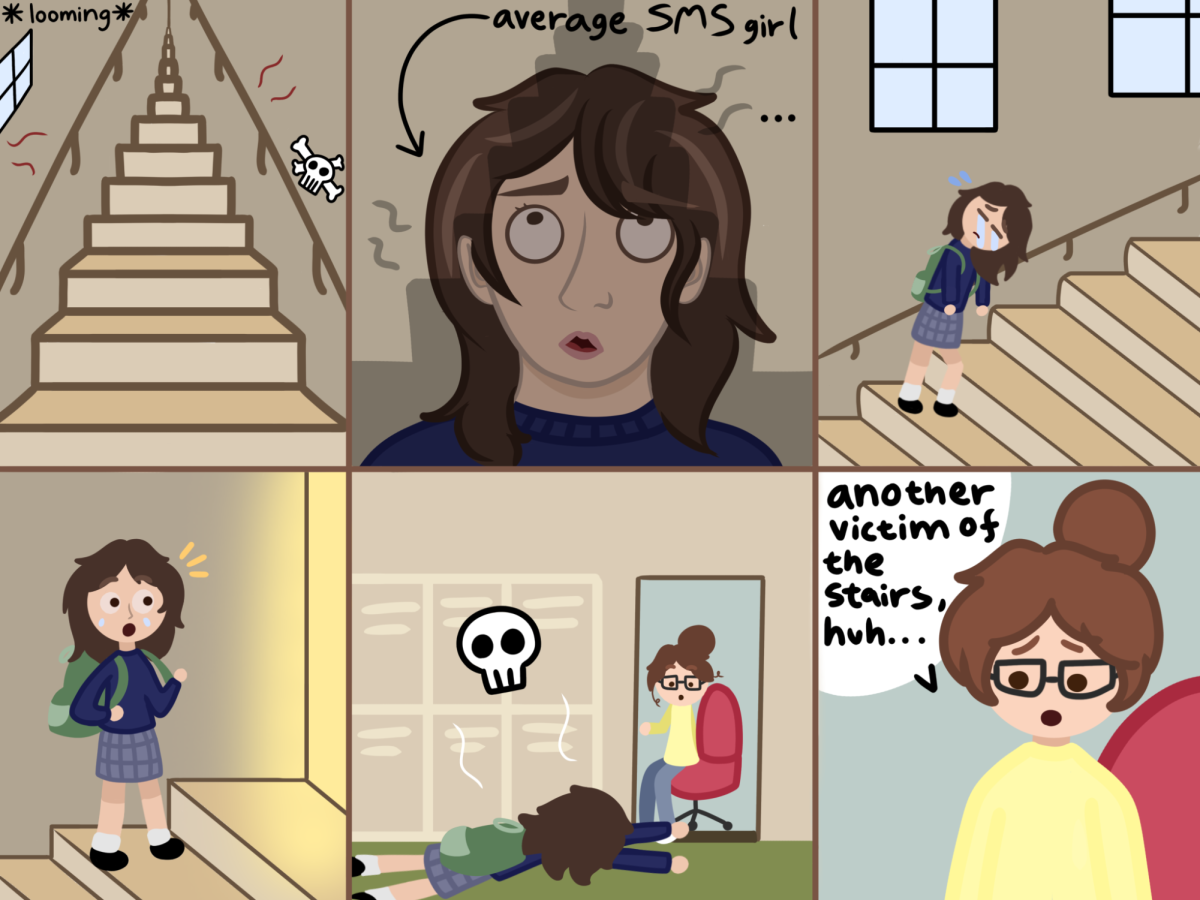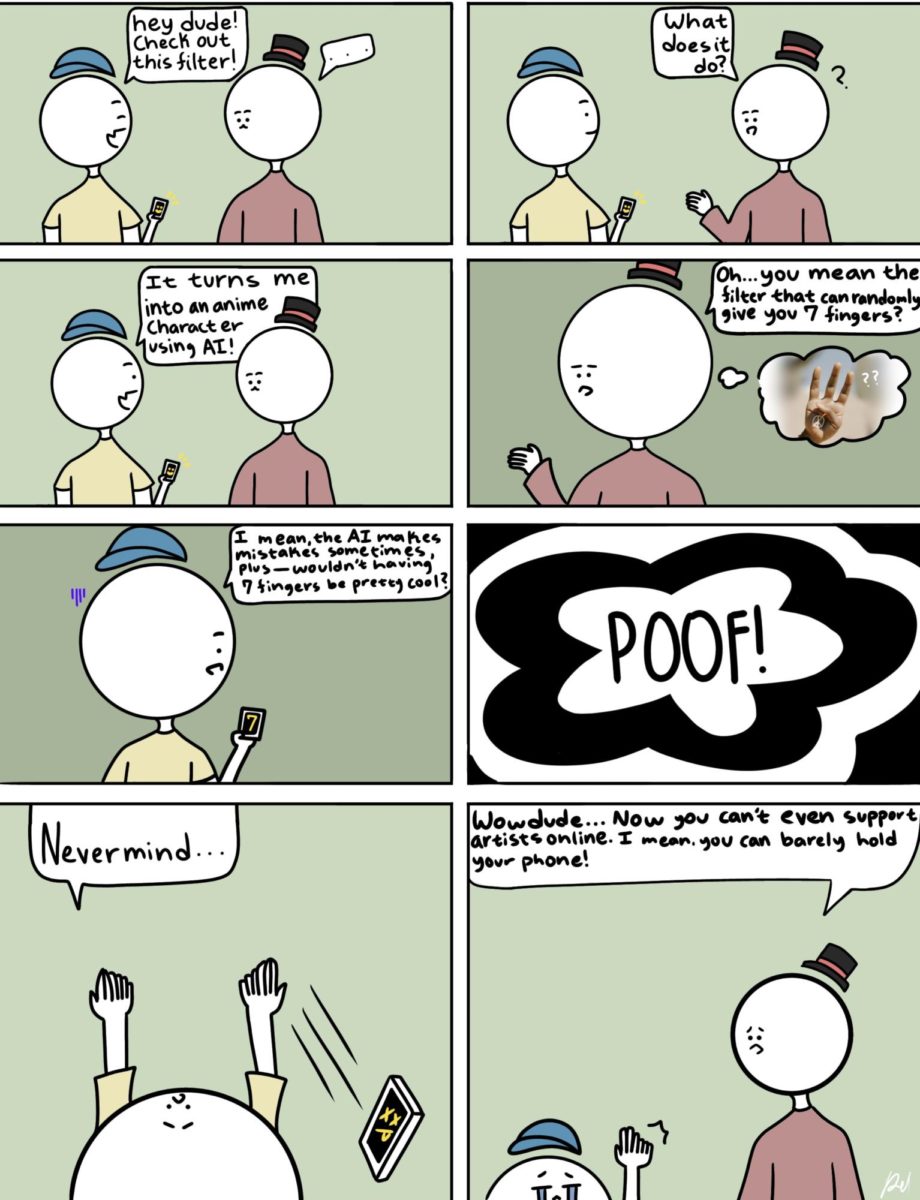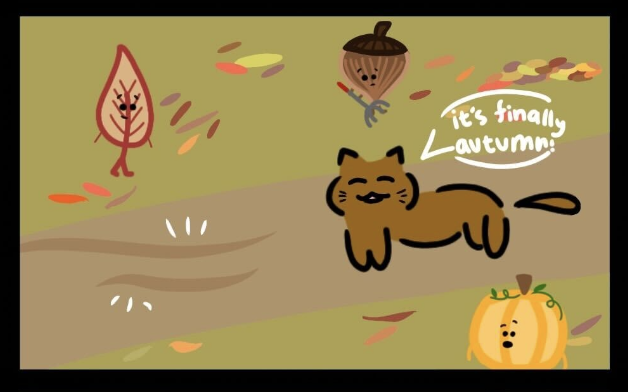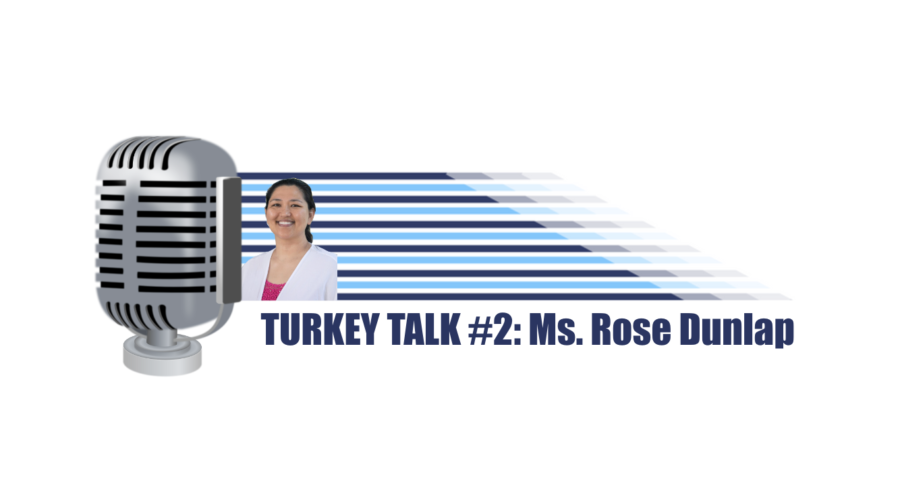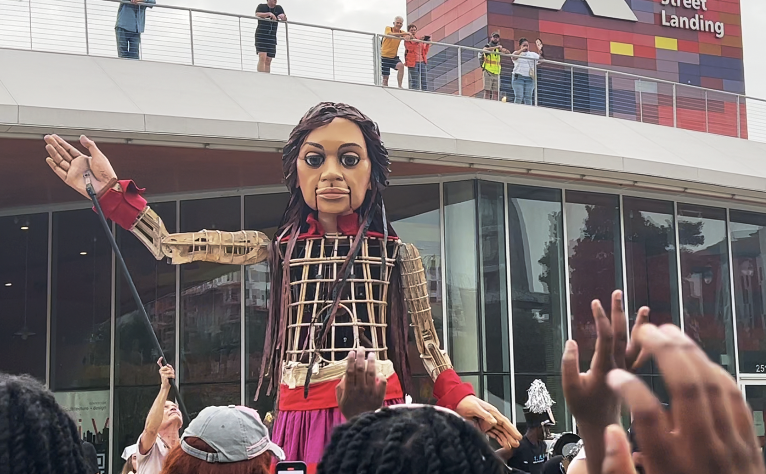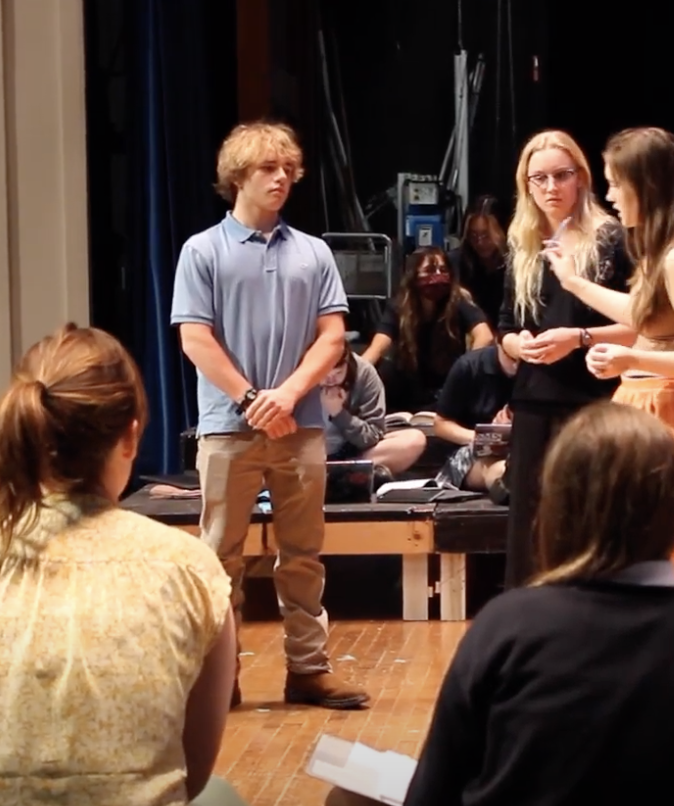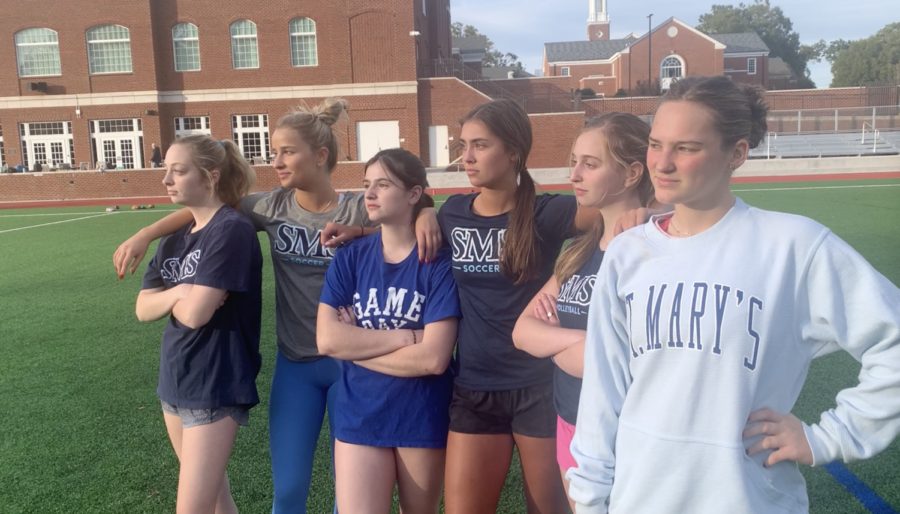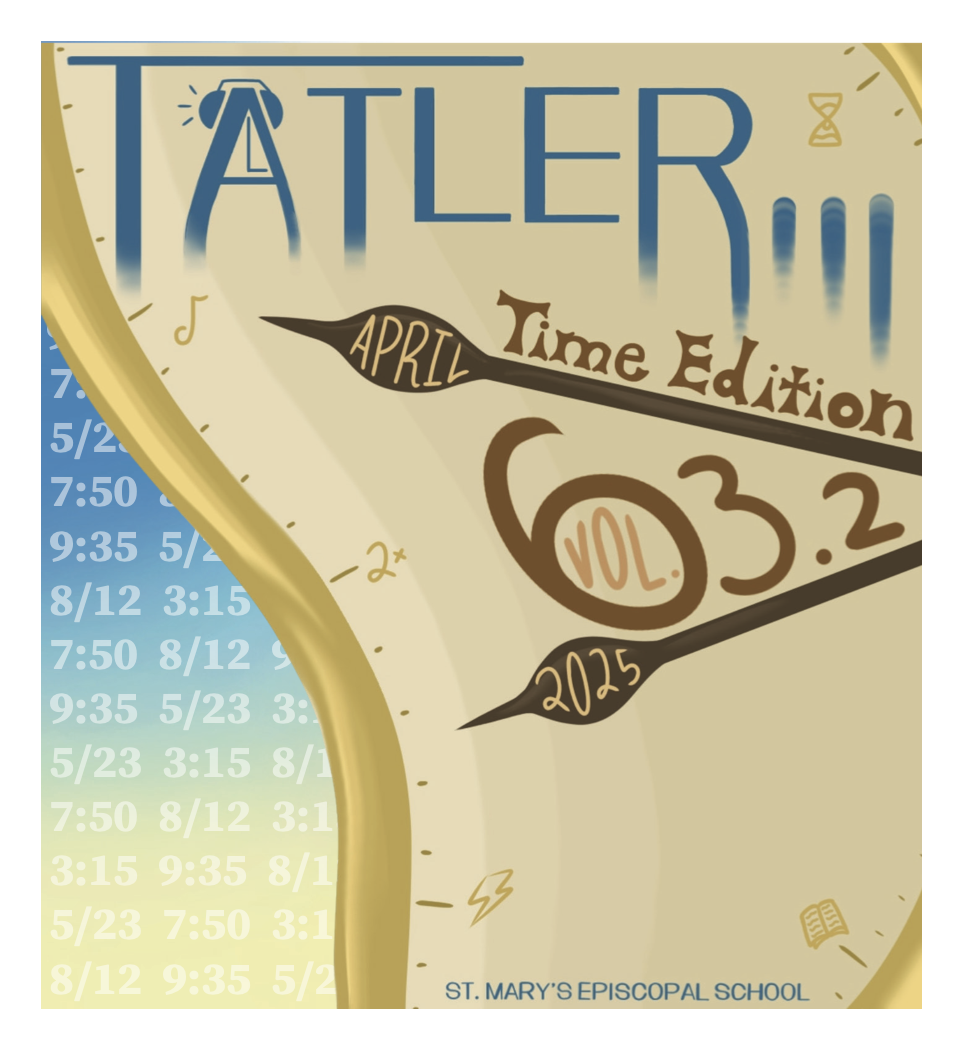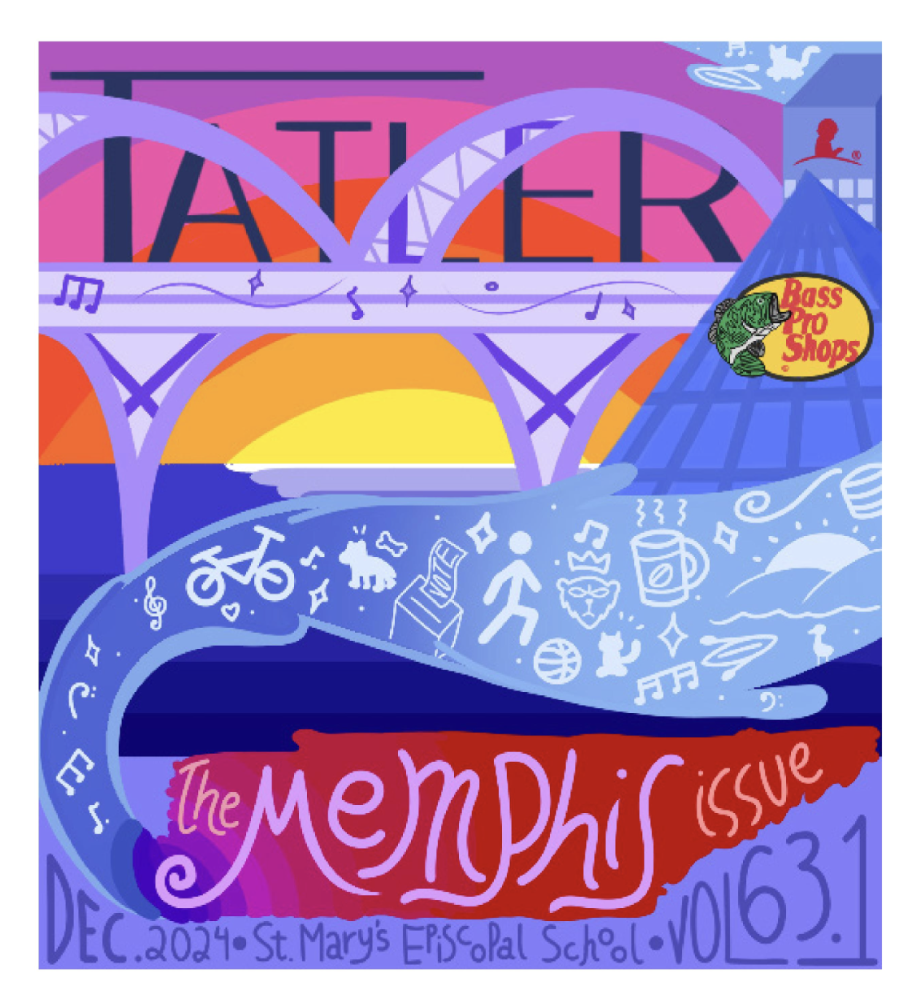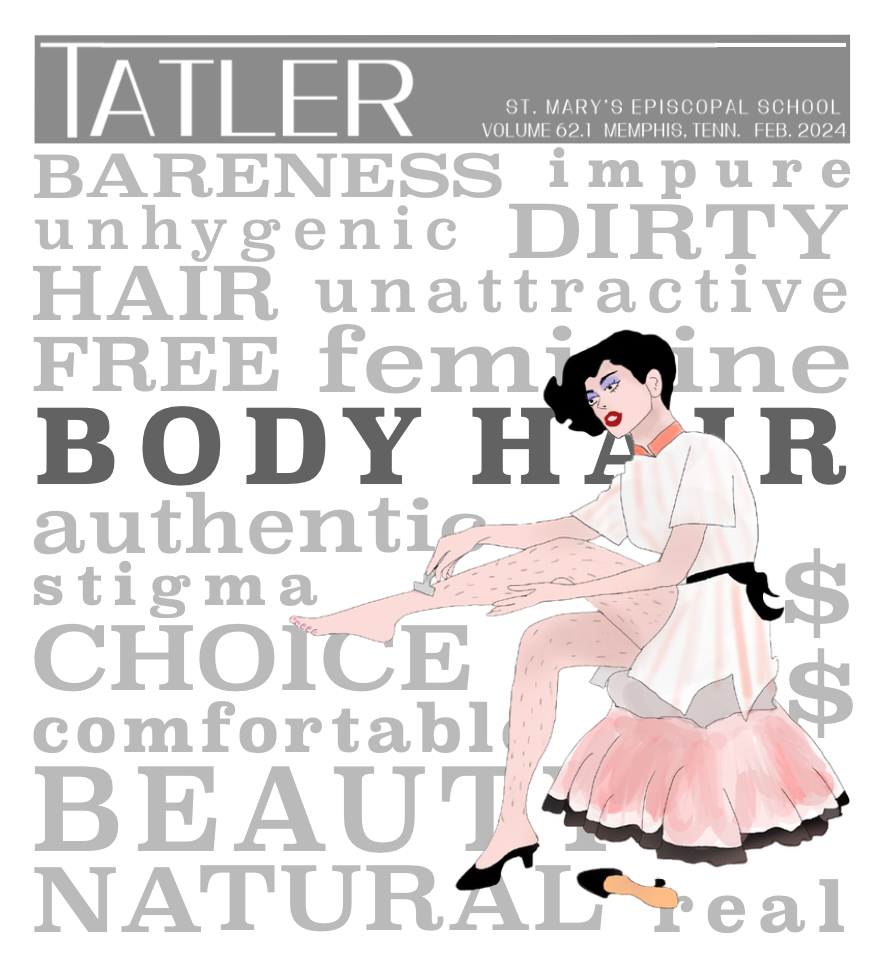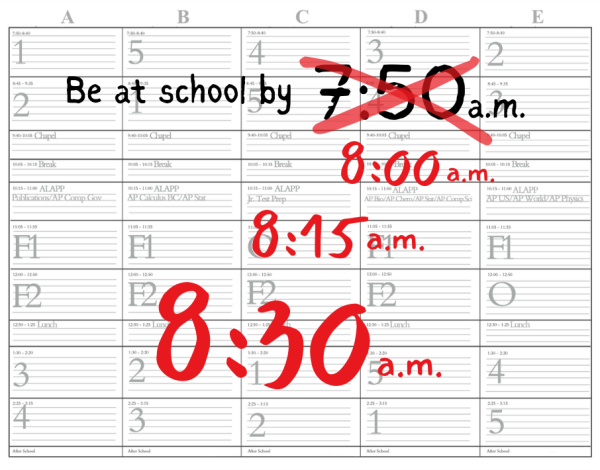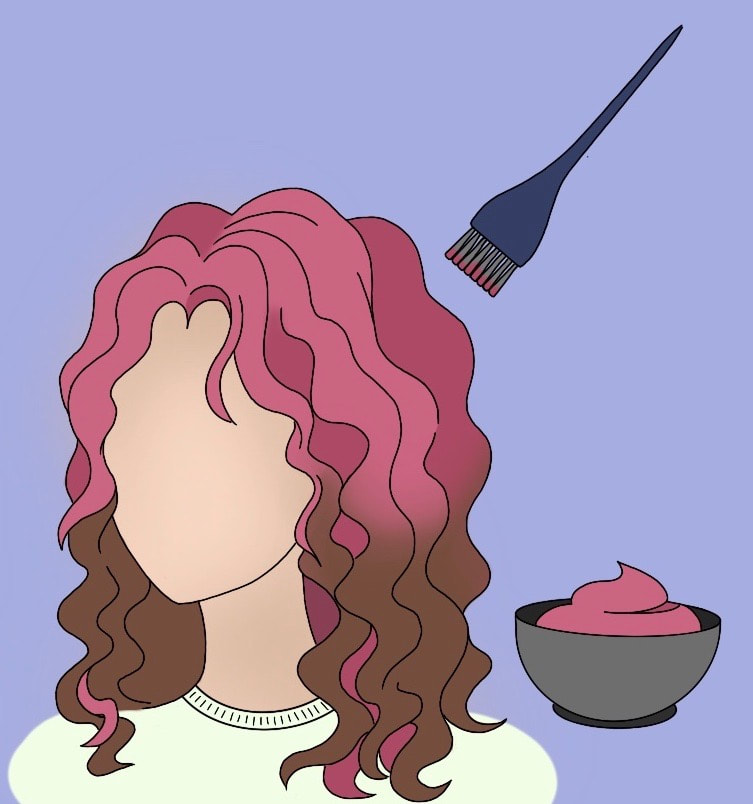Questions arise around dress code ban on unnaturally colored hair dye
Students address their feelings on hair dye in the dress code.
The St. Mary’s dress code hair dye ban, which prohibits hair dye beyond the natural range of colors, is a controversial topic among students.
Head of Upper School Ms. Rogers explains that the uniform and dress code’s primary goal is to create a “shared expectation” for all students and bring together a cohesive community within SMS.
This “shared expectation” does have its upsides. Mary-Kate Kalodimos (10) said, “[The uniform] helps create a sense of equality, because people have different economic backgrounds.”
The uniform doesn’t restrict all forms of self-expression, a value important to many St. Mary’s students. Ms. Rogers said, “One of the places we leave open to student self expression is with shoes and socks [and jewelry].”
The uniform’s acceptance of accessories has left students wondering why hair color is considered an inappropriate venue for self-expression.
“Dying my hair makes me happy… I’m expressing myself,” said Lydia Glomski (10). “I’m more confident with my hair dyed.”
To some, hair dye carries negative connections to a person’s intellectual capabilities or overall character. Many SMS students, however, do not agree with these stereotypes.
Alice Lee (10) said, “People tend to sometimes look at [dyed hair] and say, ‘Oh, that’s a wild child’ … [but] I see so many people around who have unnatural hair colors and do amazing things.”
Katie Hill (10) said, “People have stereotypes that [dyed hair is] unprofessional, but I don’t think the color of your hair is a reflection of the kind of work you do.”
The question then arises: is the hair dye rule motivated by the uniform’s “shared expectation” or by an avoidance of negative stereotypes?
“[Hair dye is] coming into society as something that’s normalized,” said Lee. “Women can be successful however they want… It shouldn’t matter if a woman has natural hair colors.”
Your donation will support the student journalists of St. Mary's Episcopal School. Your contribution will allow us to purchase equipment and cover our annual website hosting costs.
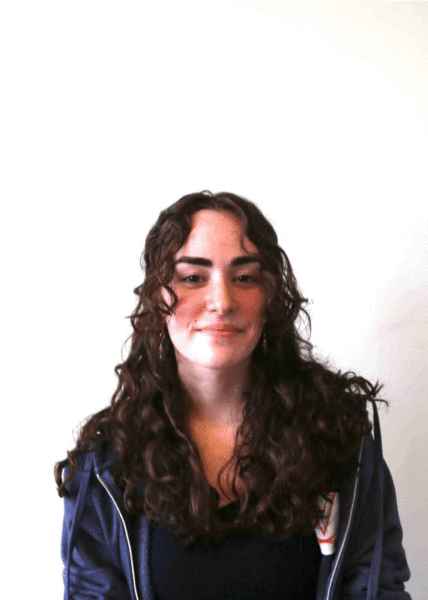
Senior Ella Curlin is excited to be an editor on this year’s Tatler team. She enjoys Tatler because it lets her voice her opinions and lets her talk...
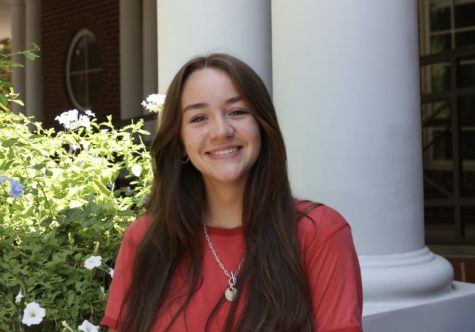
Allie Burkhart is an avid Panda Express connoisseur. If Allie could be anything in the entire world she would choose to be a cat lady with twelve cats,...


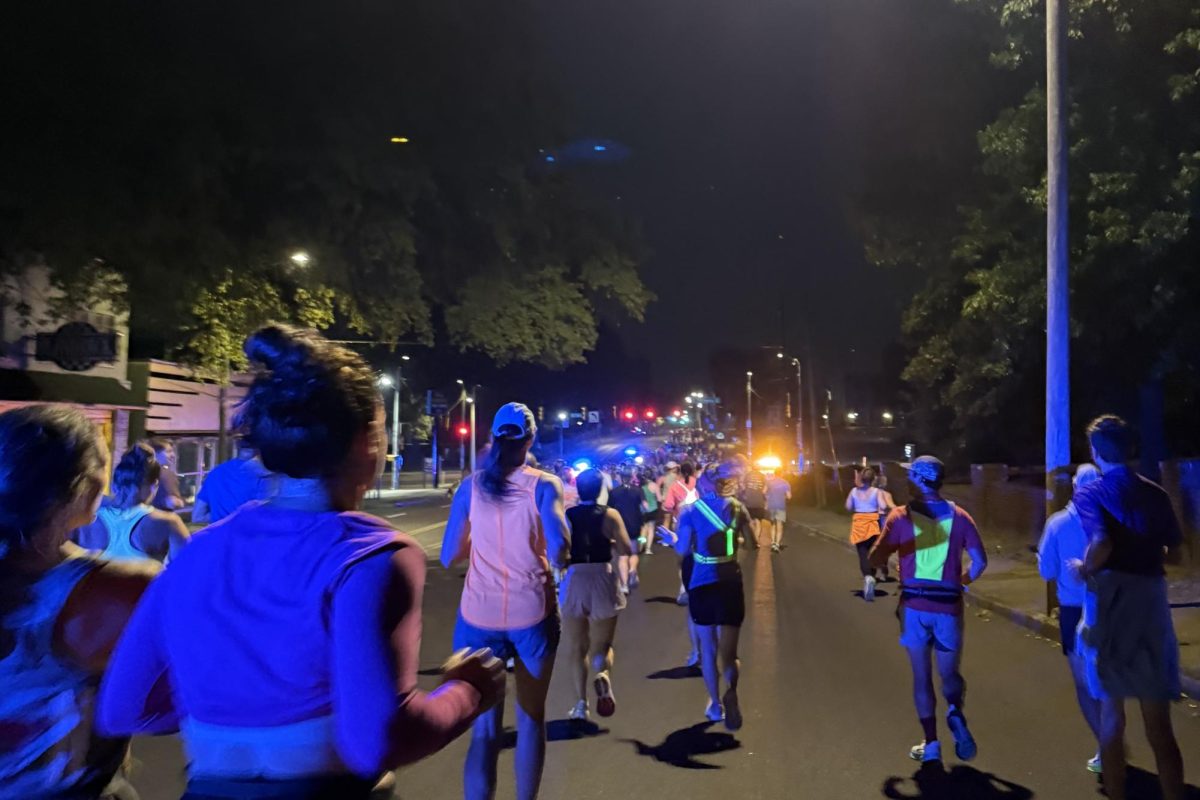
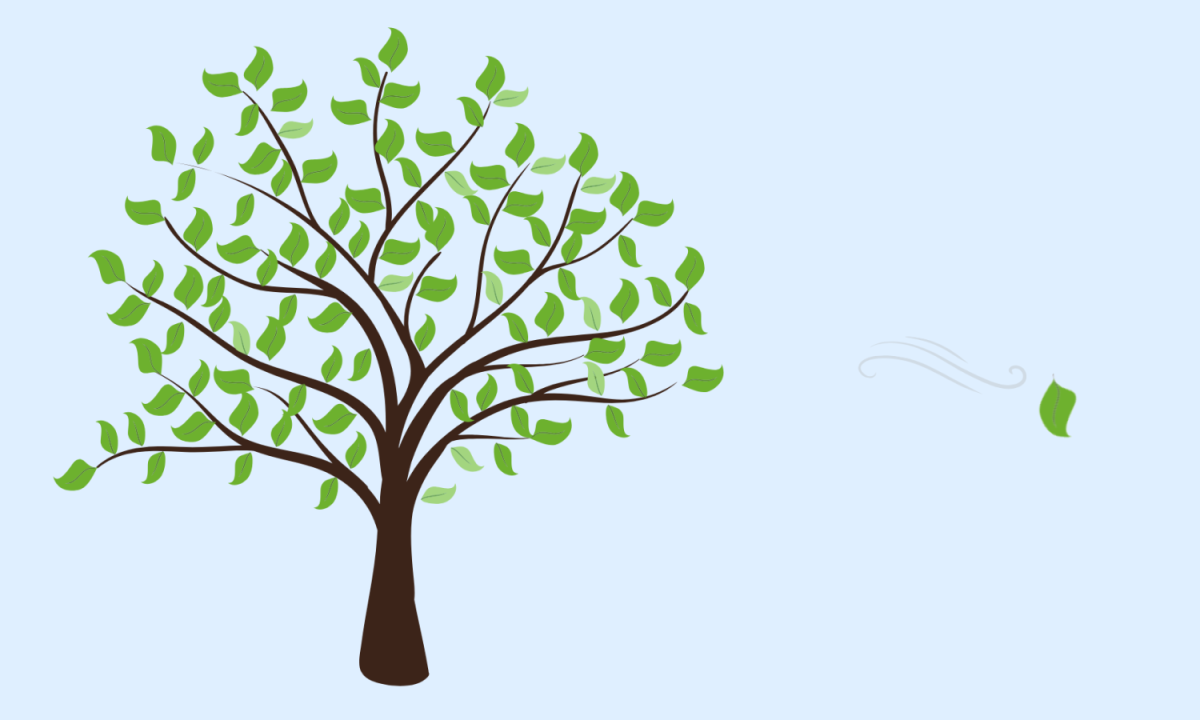
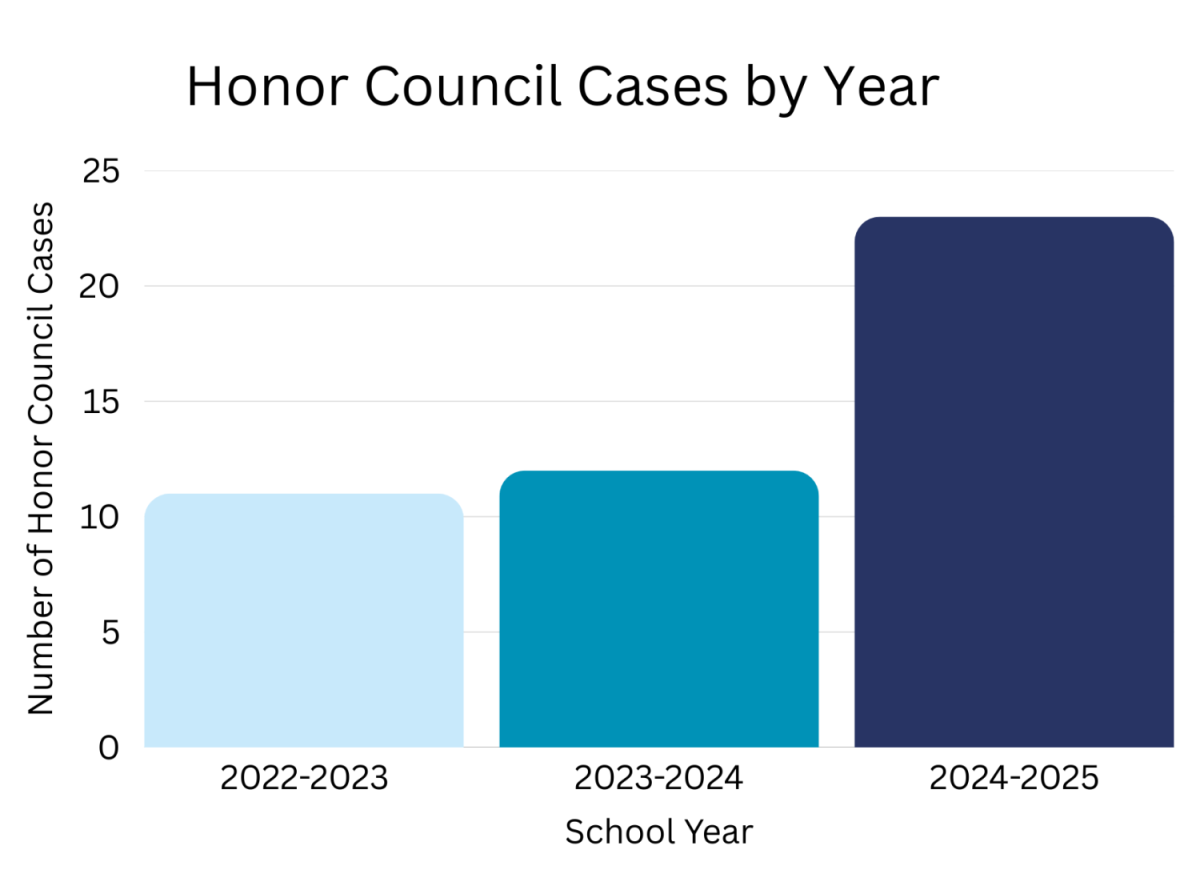

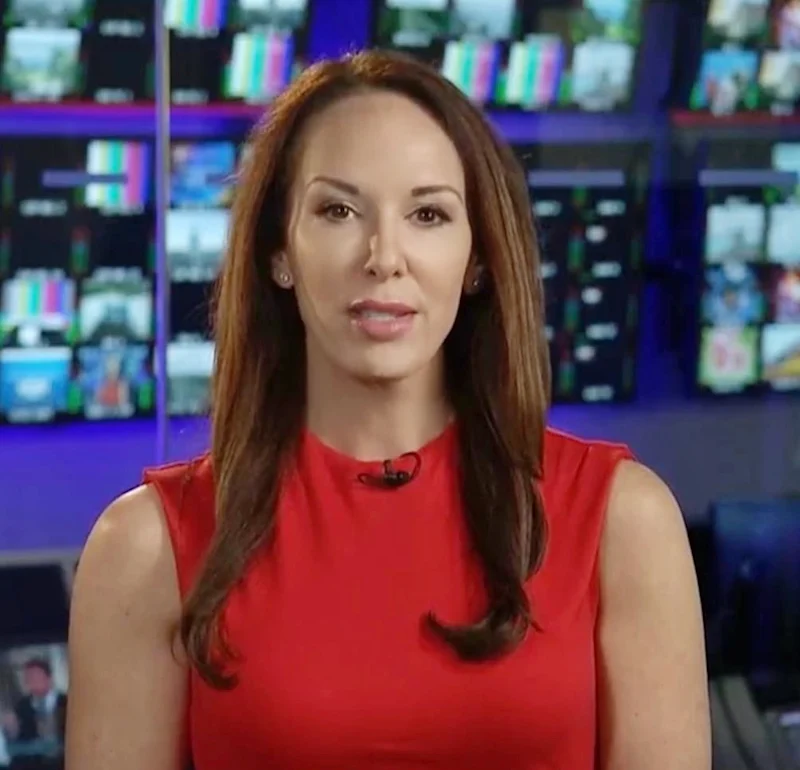


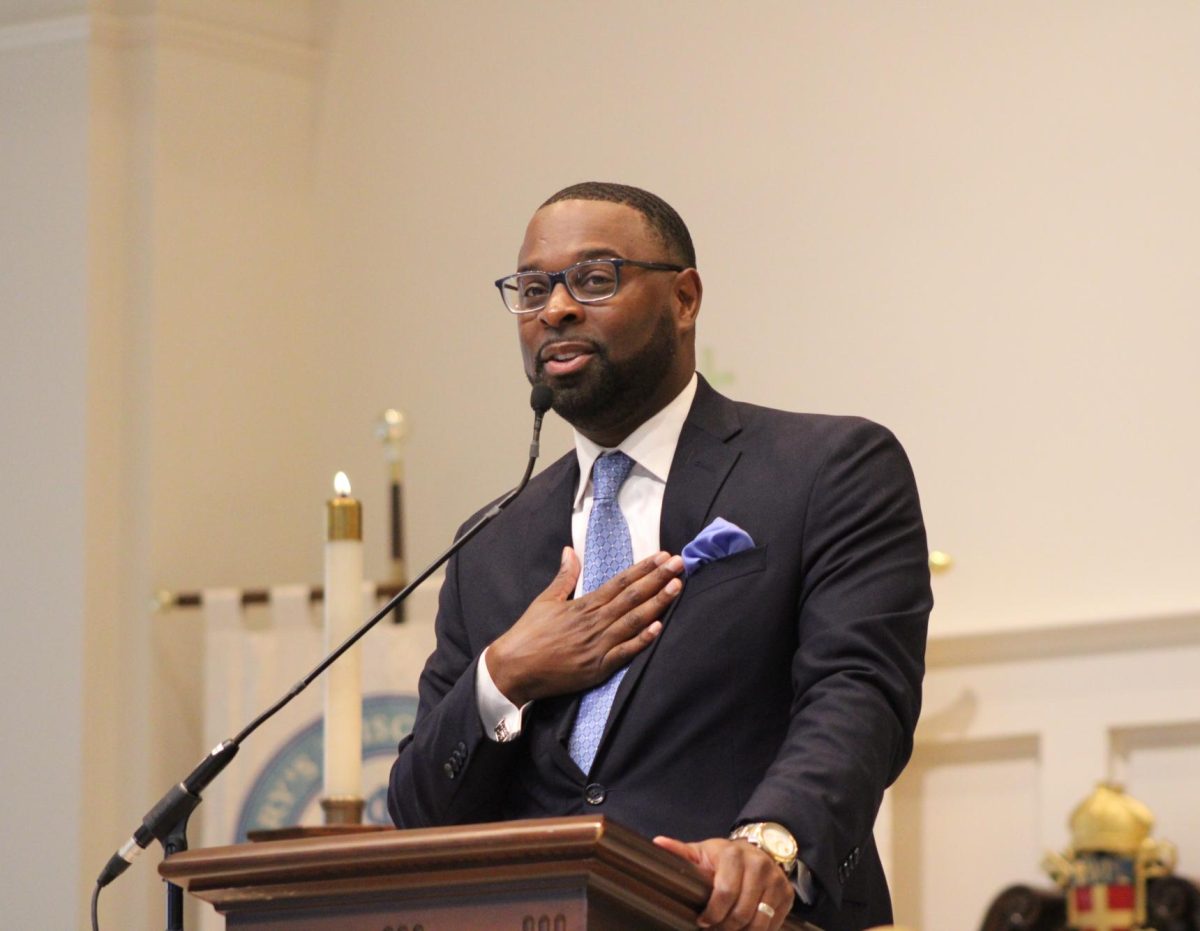
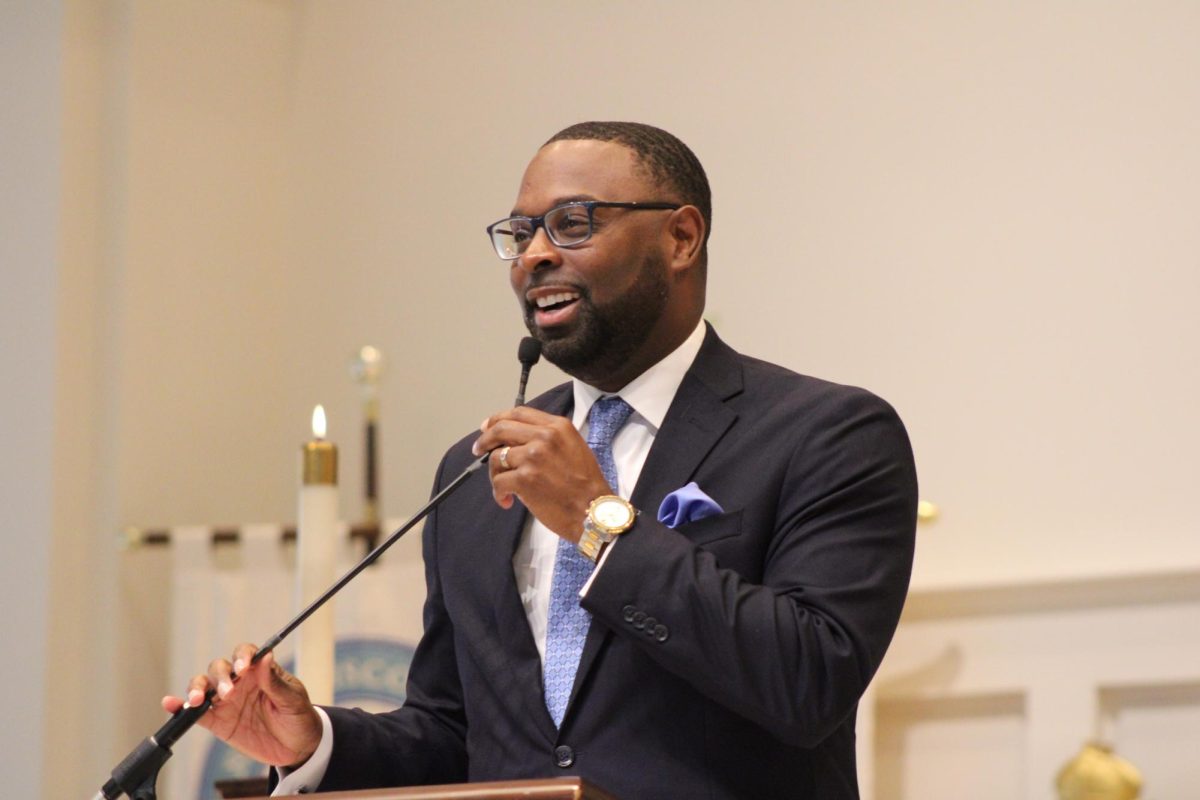
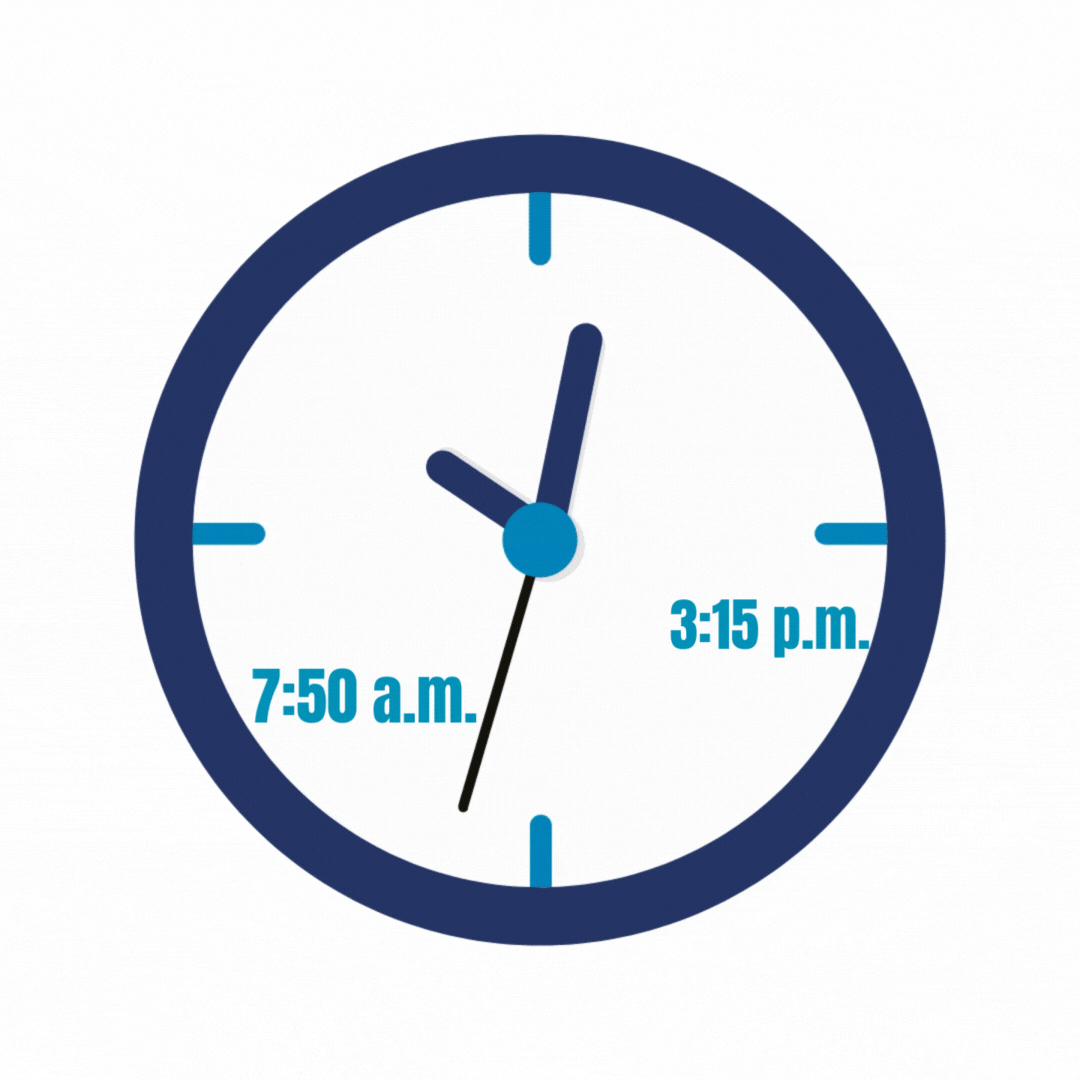
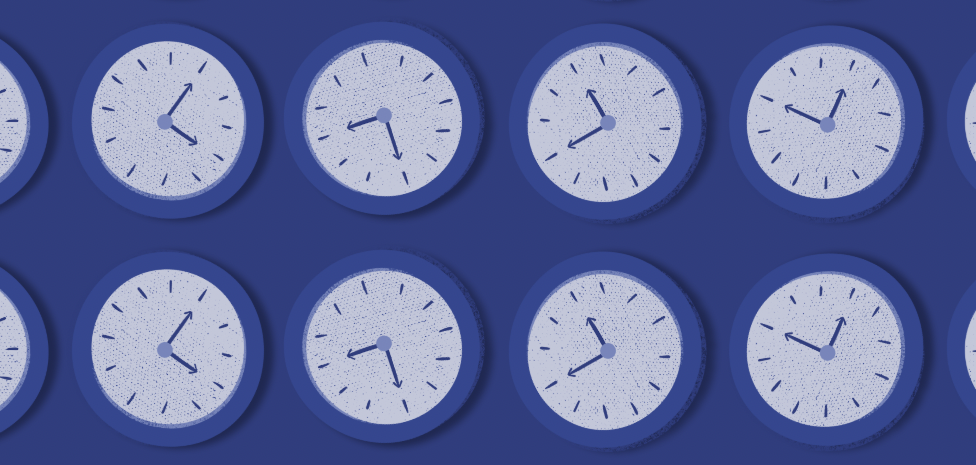


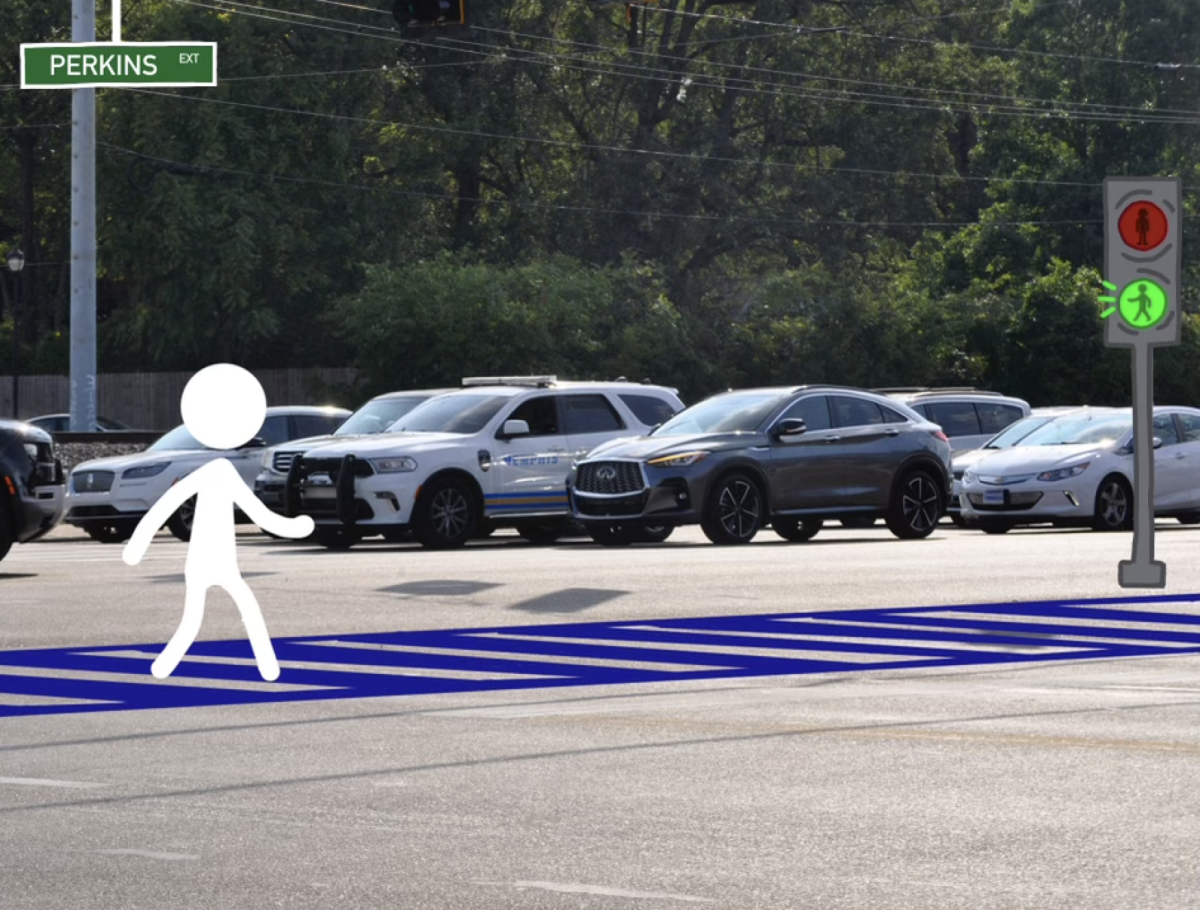
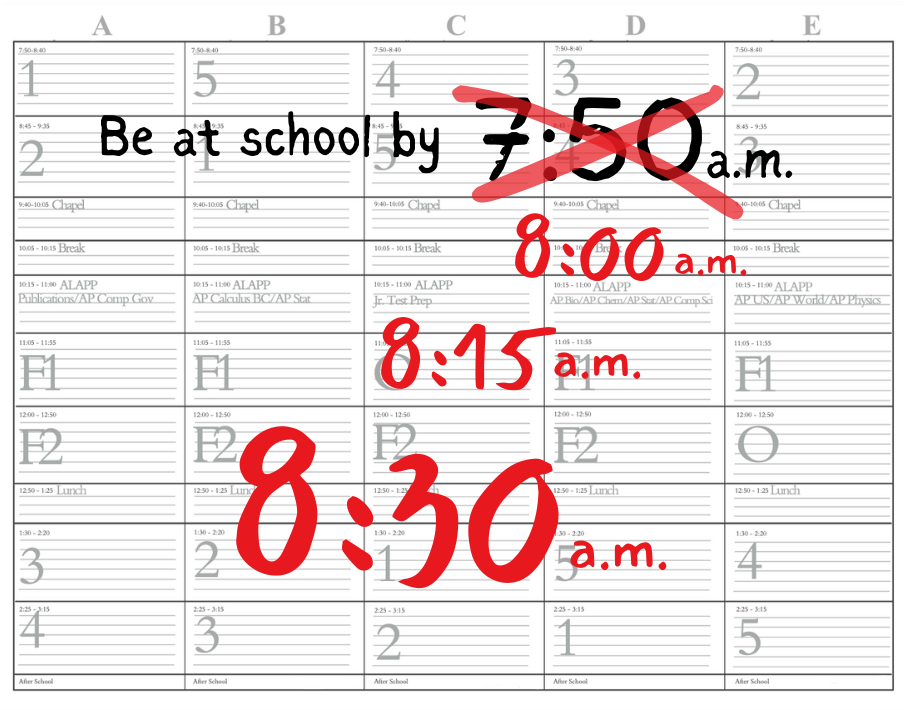


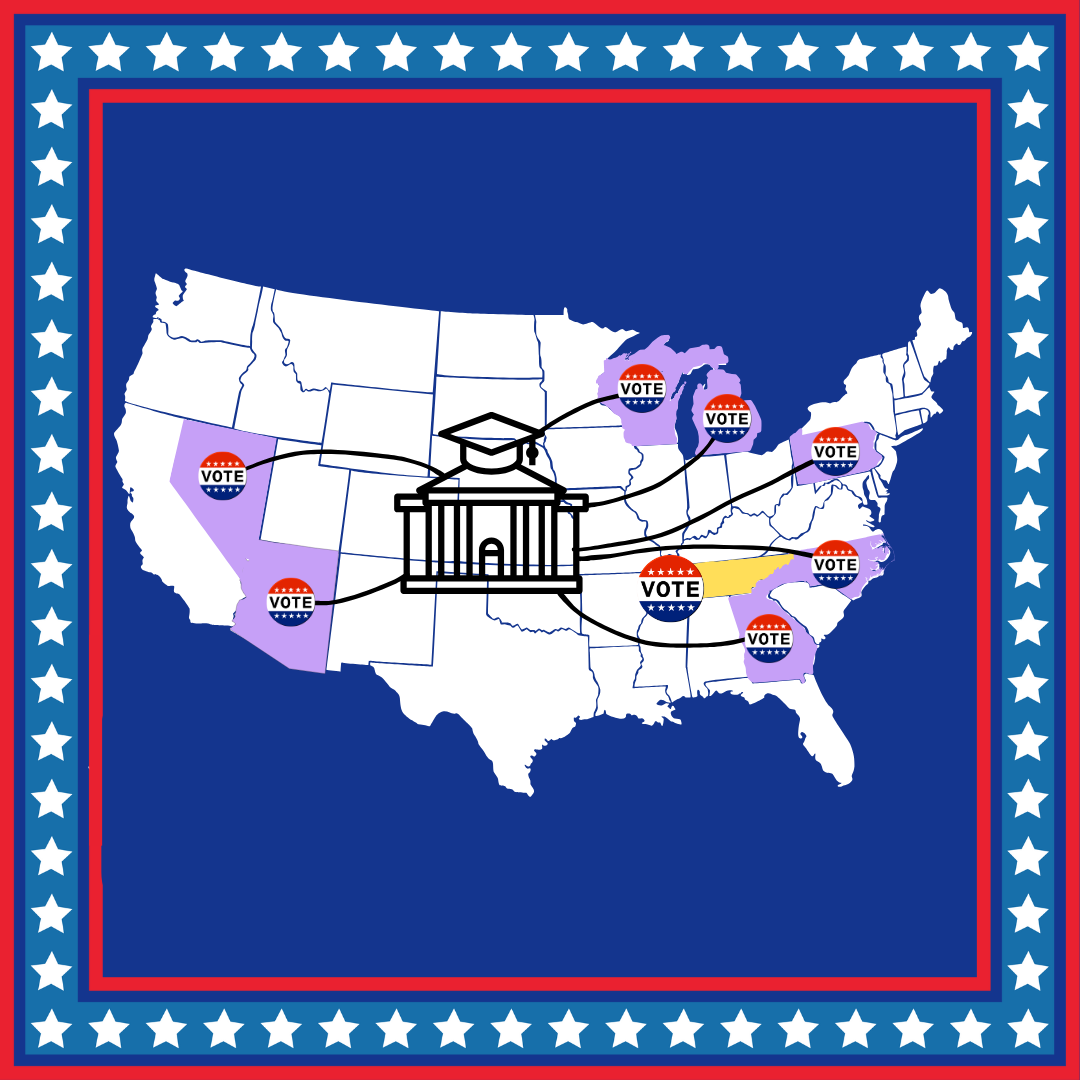
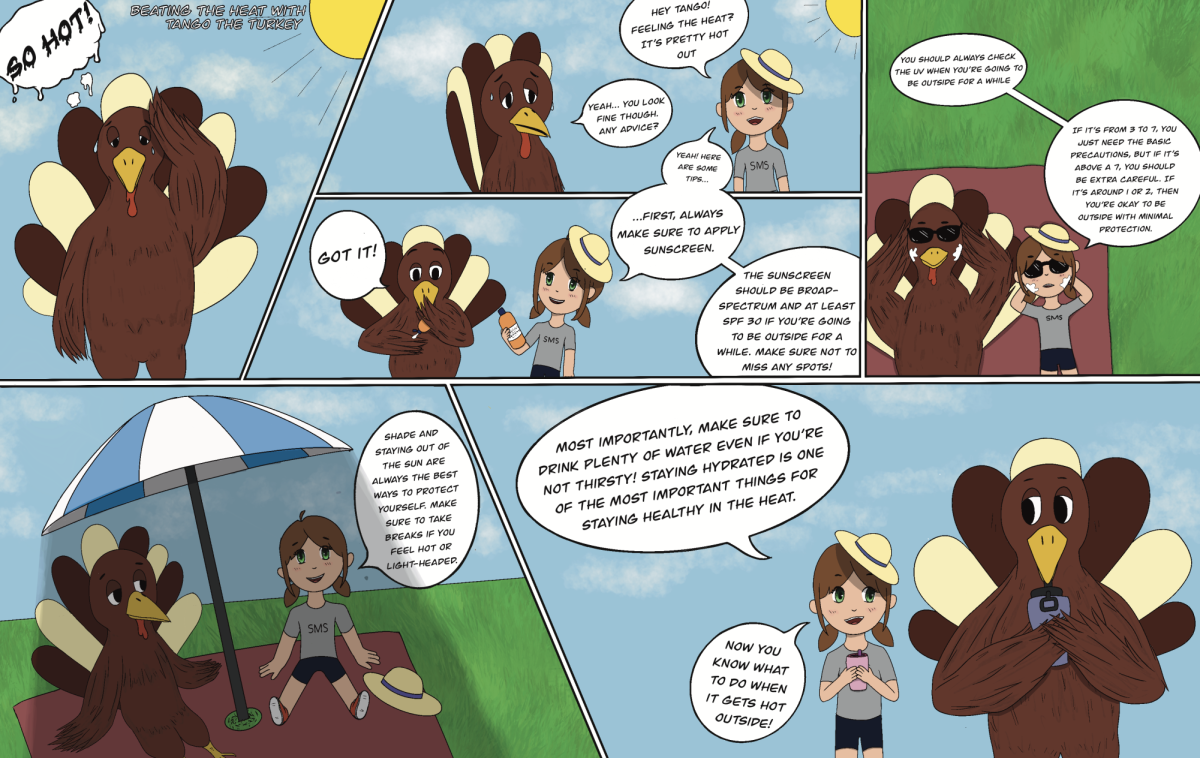
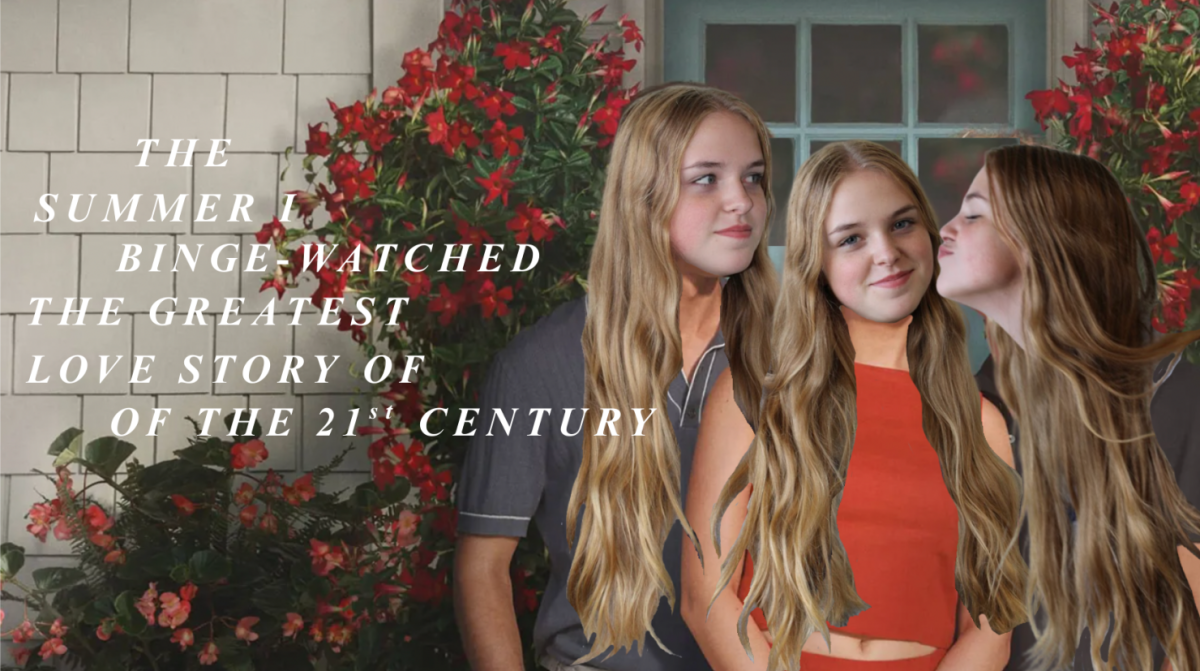
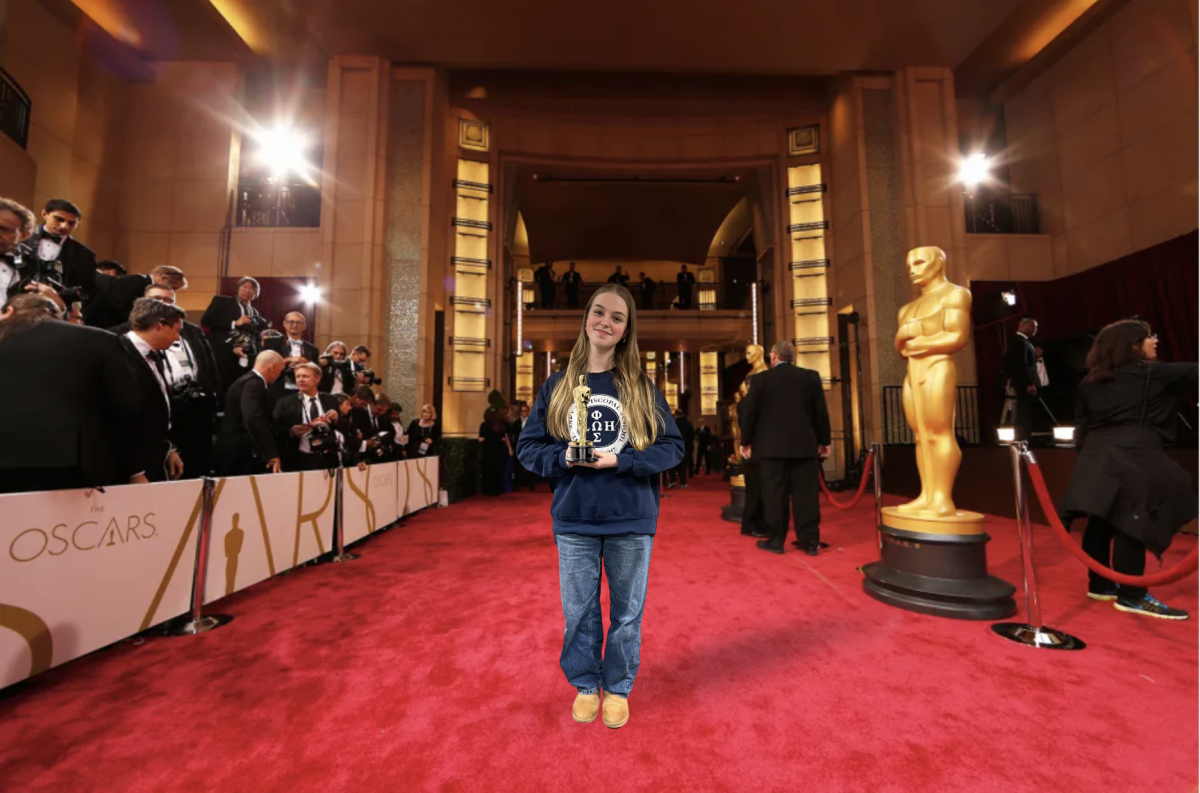
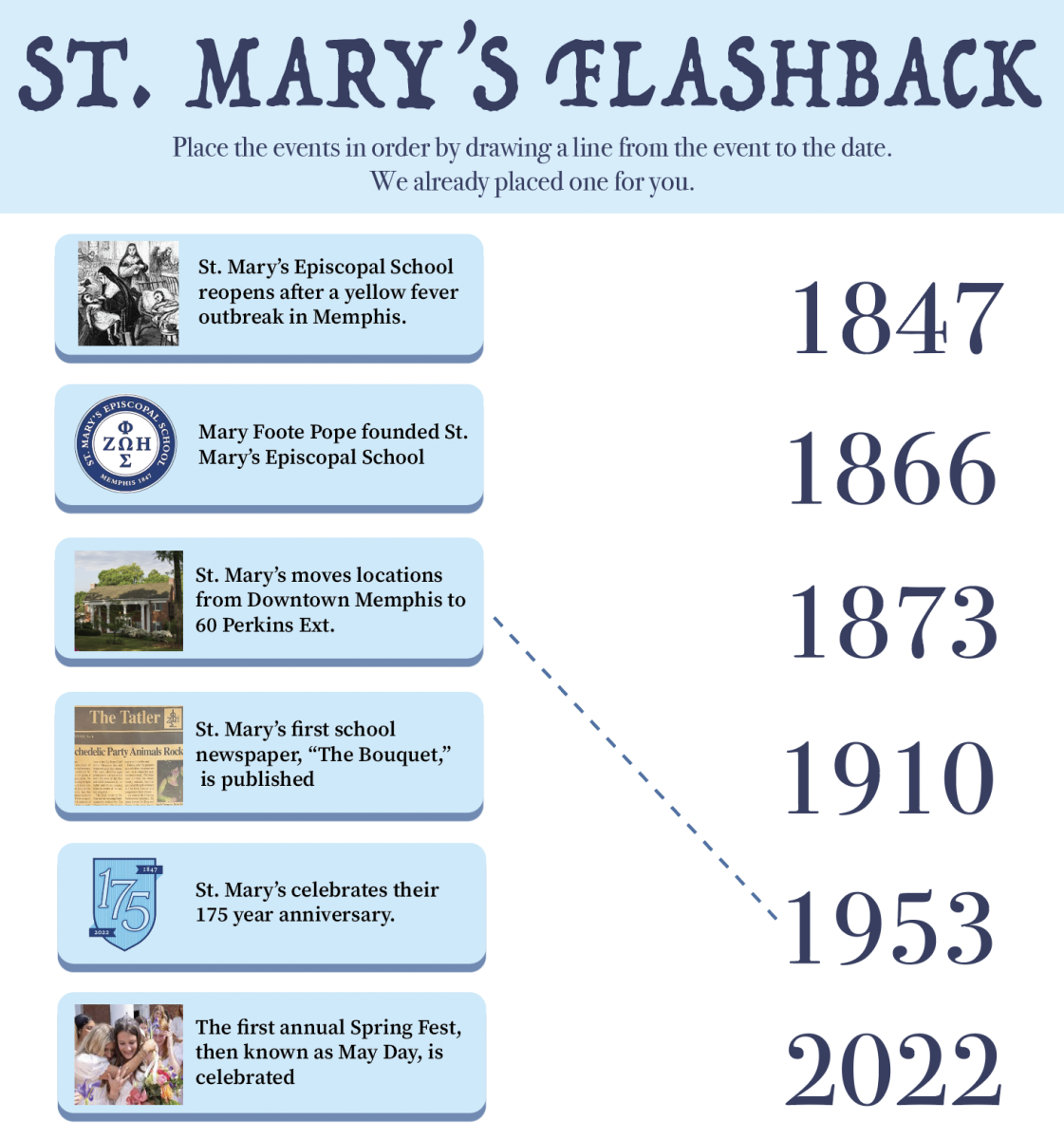
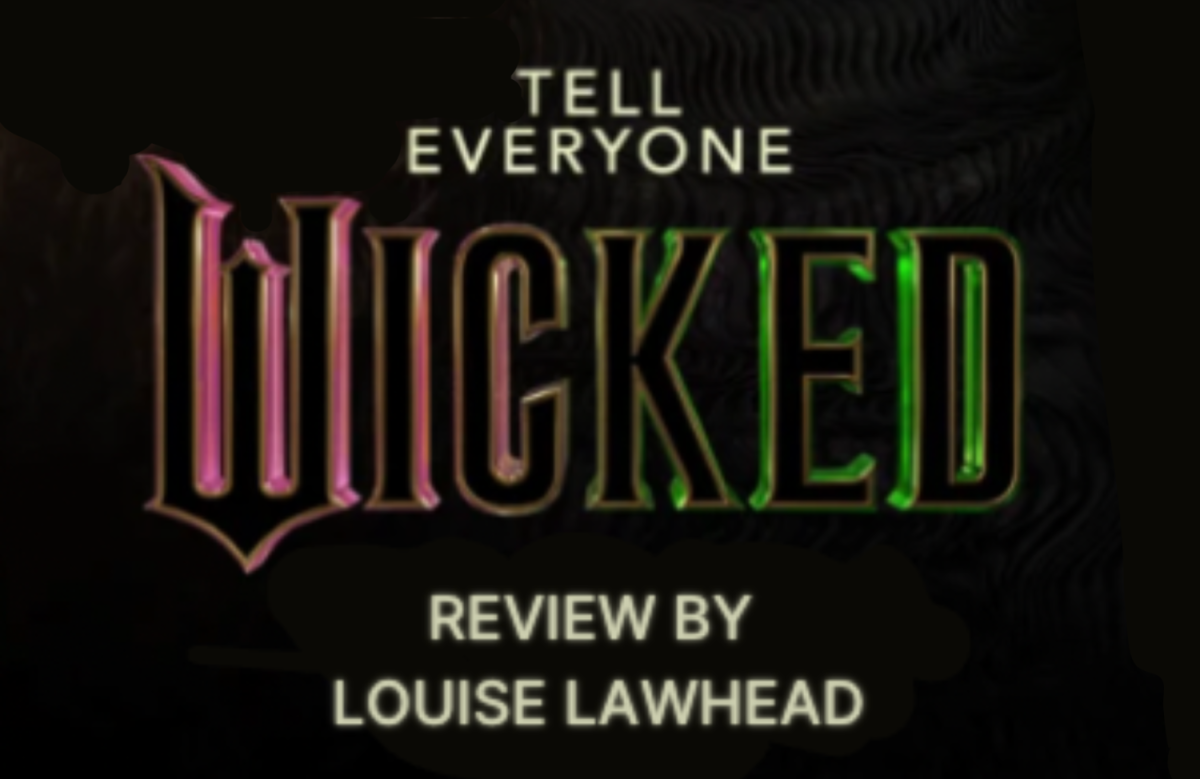
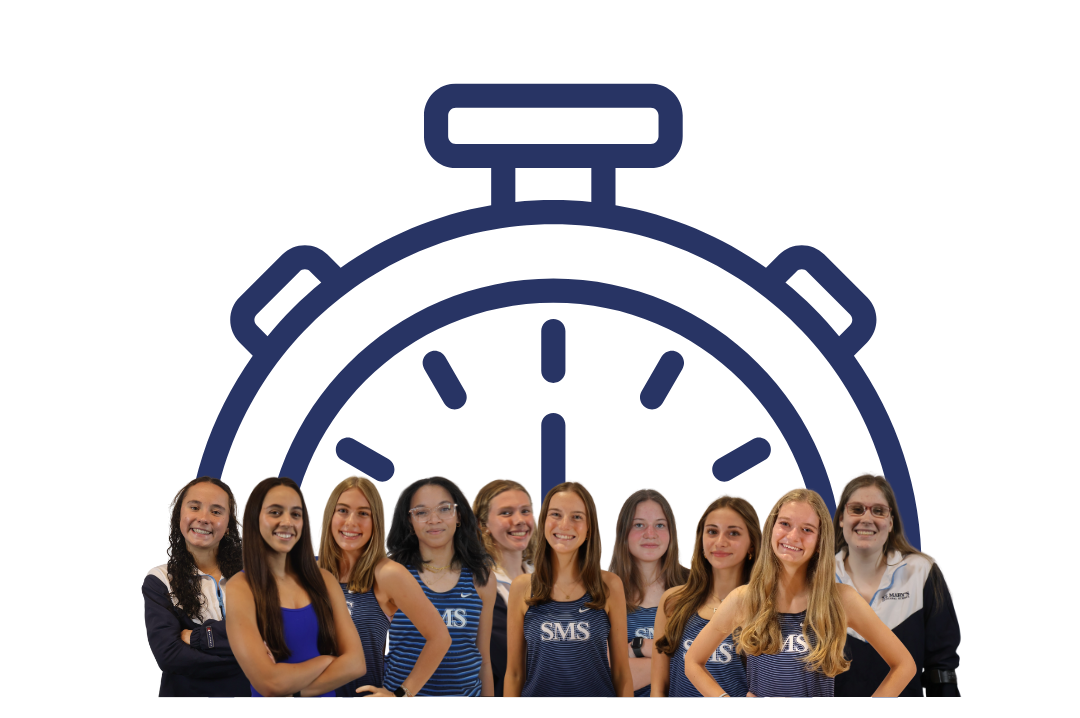
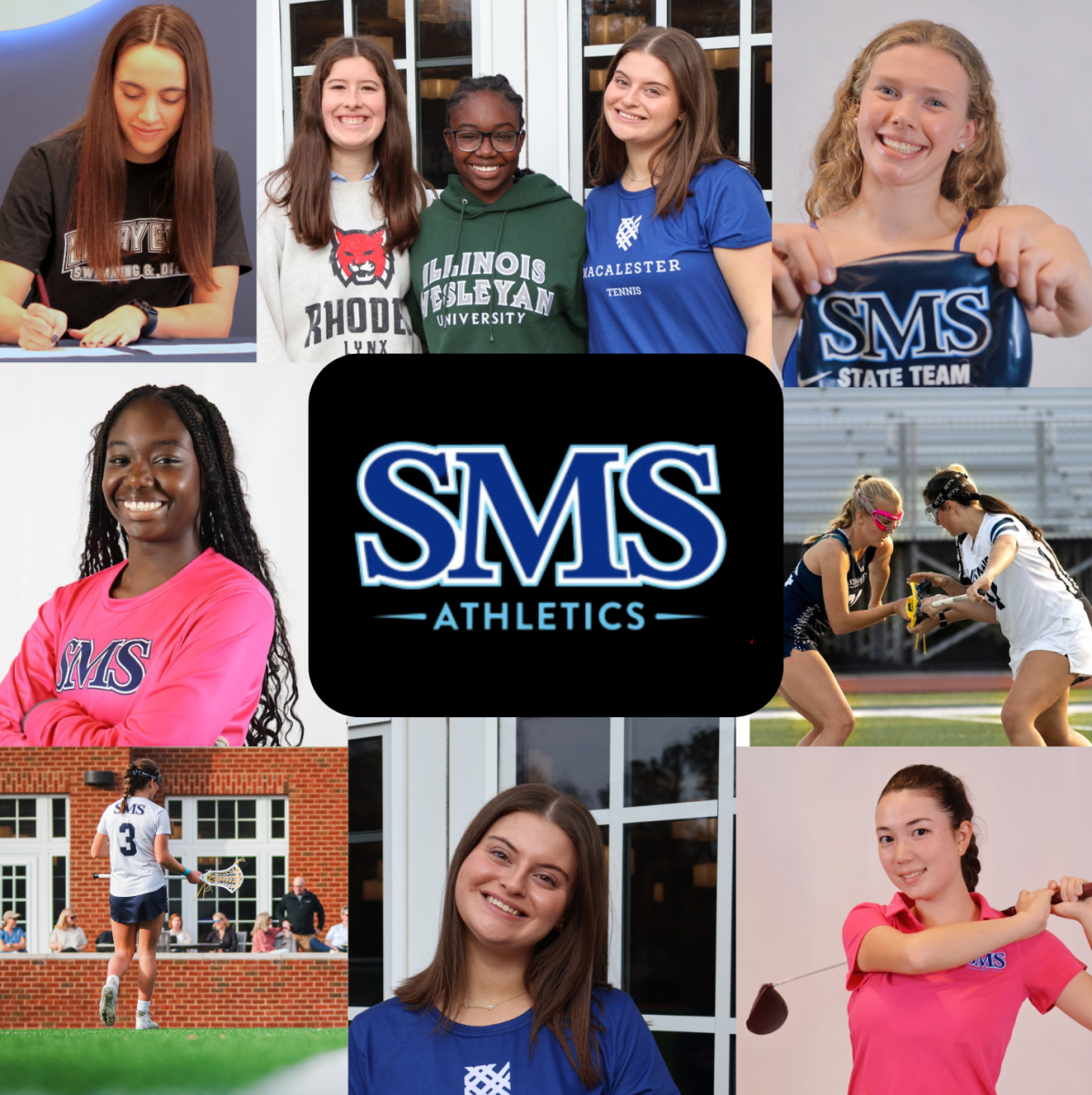
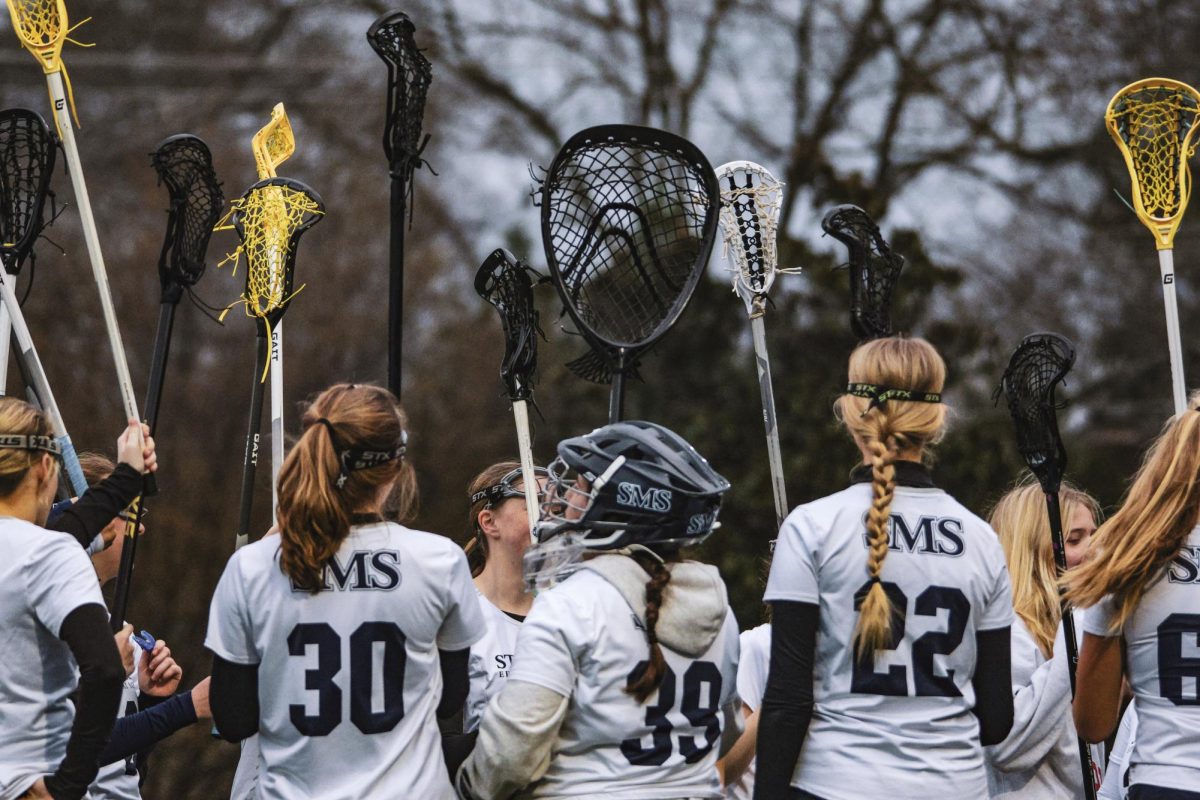
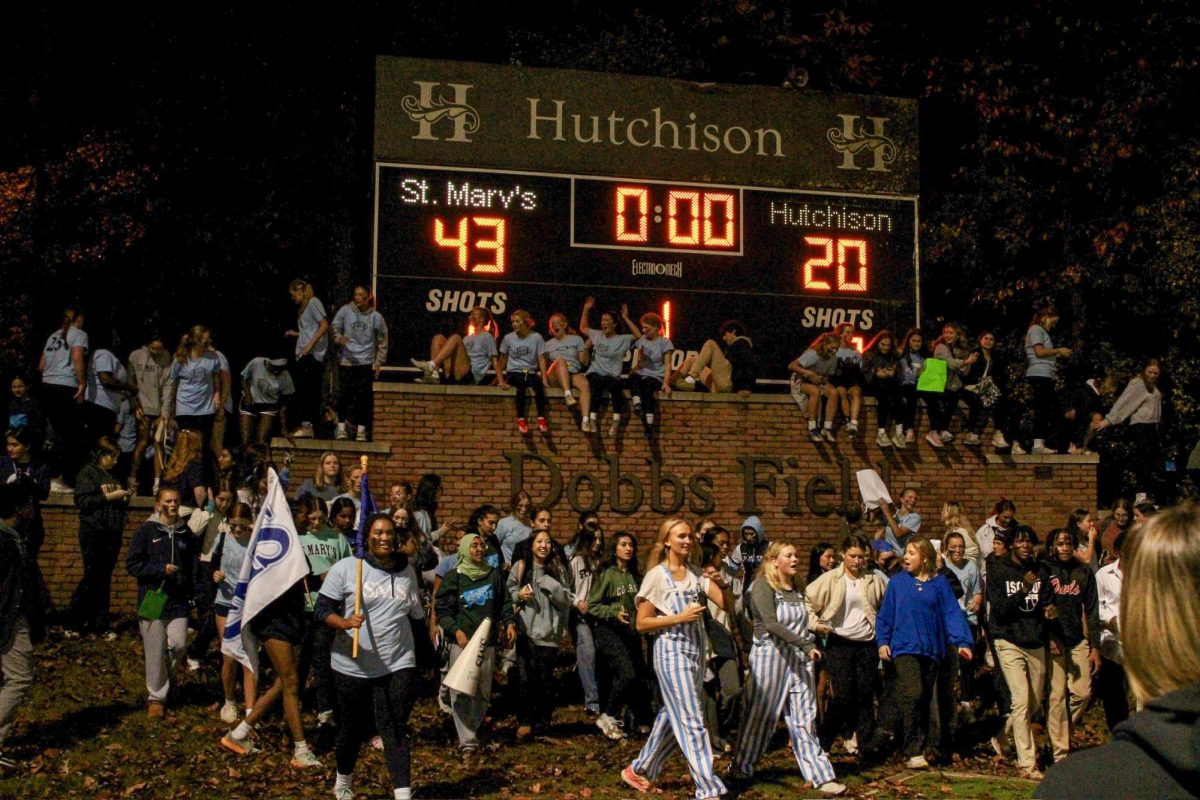
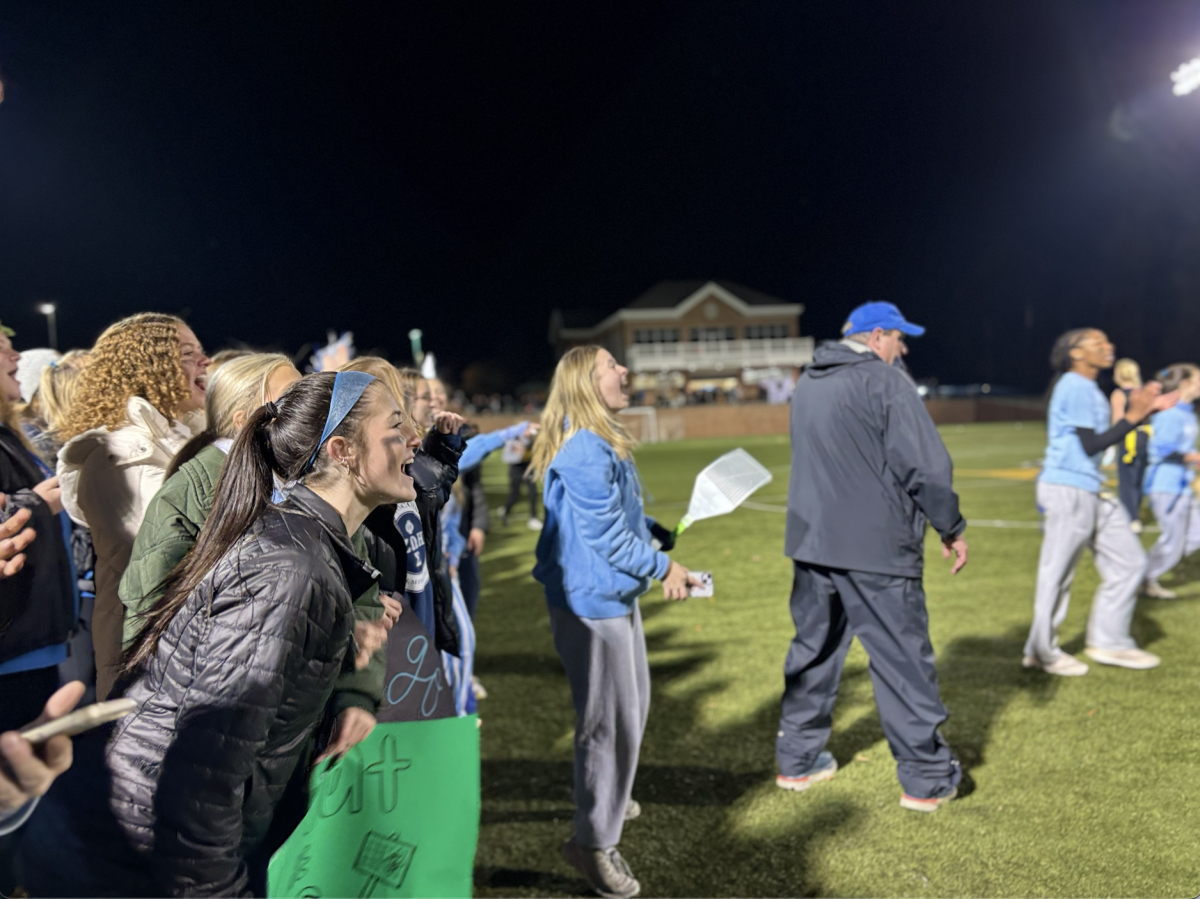
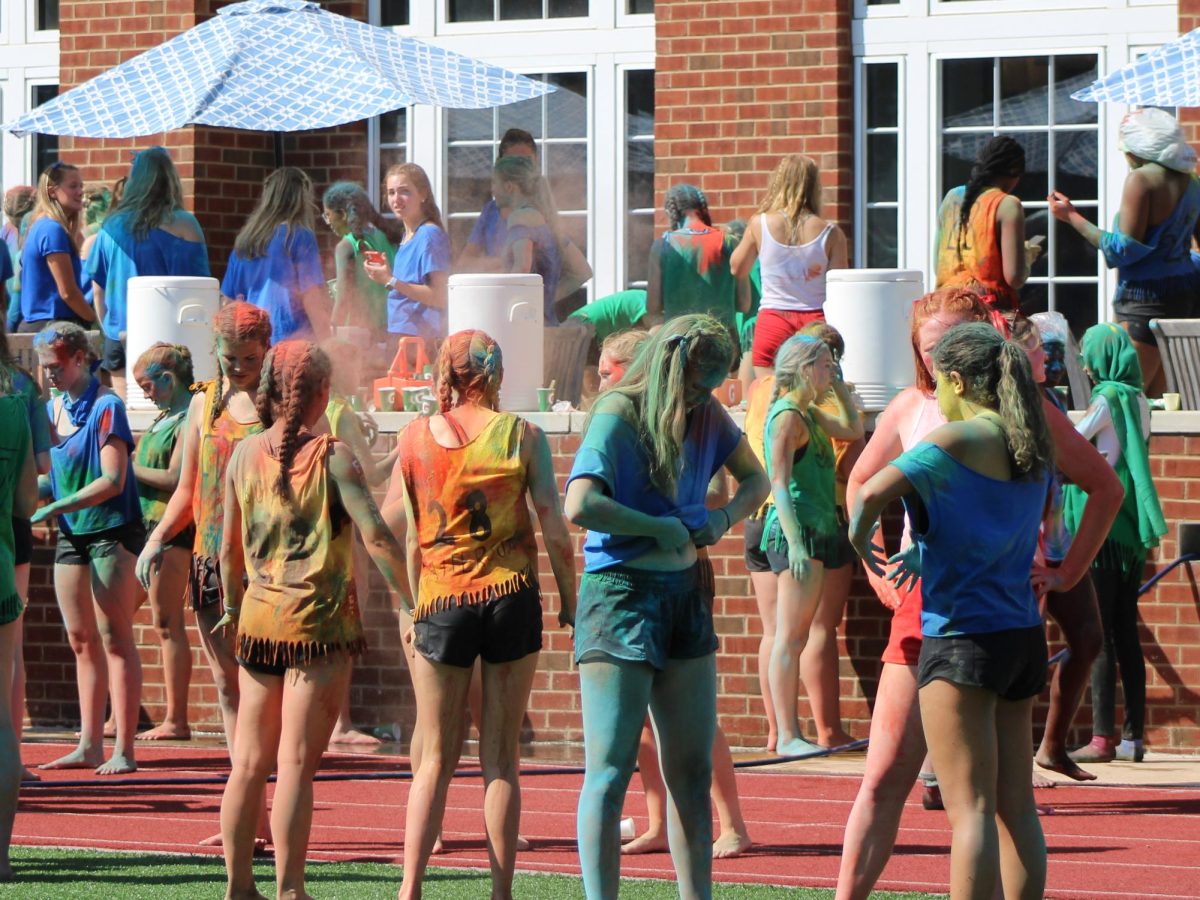
![[GALLERY] Walking in (Downtown) Memphis](https://stmarystatler.org/wp-content/uploads/2024/04/E1DAD3FE-E2CE-486F-8D1D-33D687B1613F_1_105_c.jpeg)
